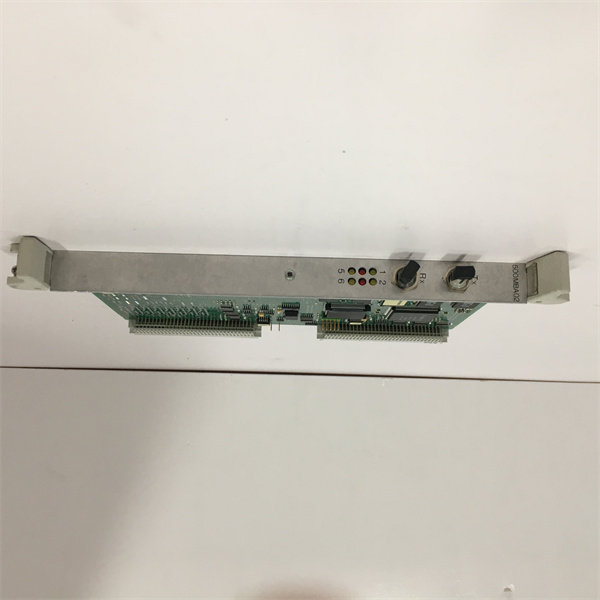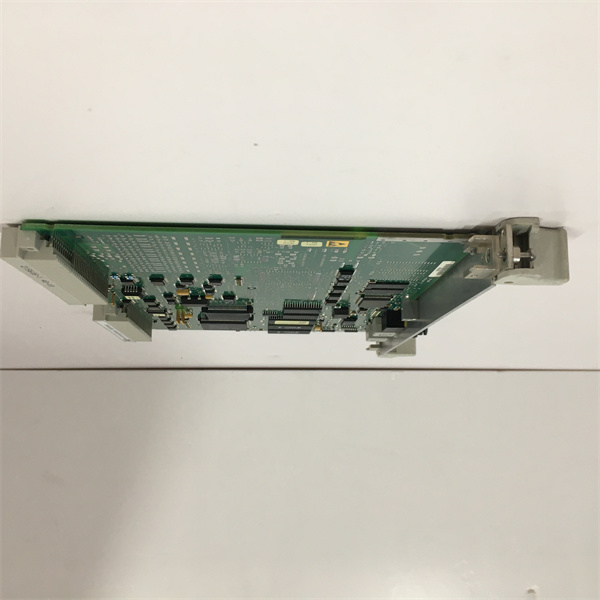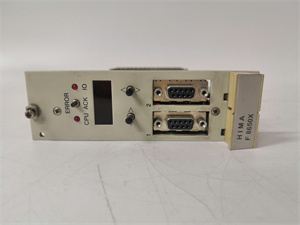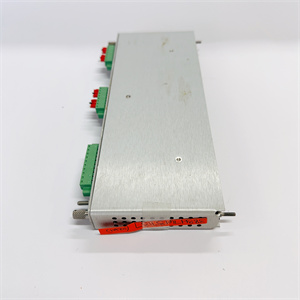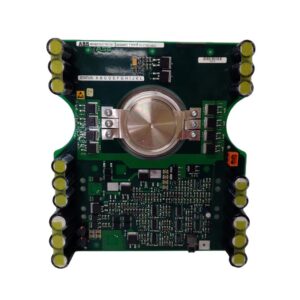Description
Detailed Parameter Table
| Parameter Name | Parameter Value |
|---|---|
| Product Model | ABB 1MRK002122-ABR02 |
| Manufacturer | ABB |
| Product Category | Binary Output Module |
| Operating Voltage | 24V DC |
| I/O Points | 32 |
| Communication Interface | RS-485 |
| Dimensions | 19 inches x 3U |
| Weight | 2 kg |
| Operating Temperature Range | 0°C to +55°C |
| Storage Temperature Range | -20°C to +85°C |
| Humidity Range | 20% to 80% RH (non-condensing) |
| Certifications | CE, UL, RoHS |
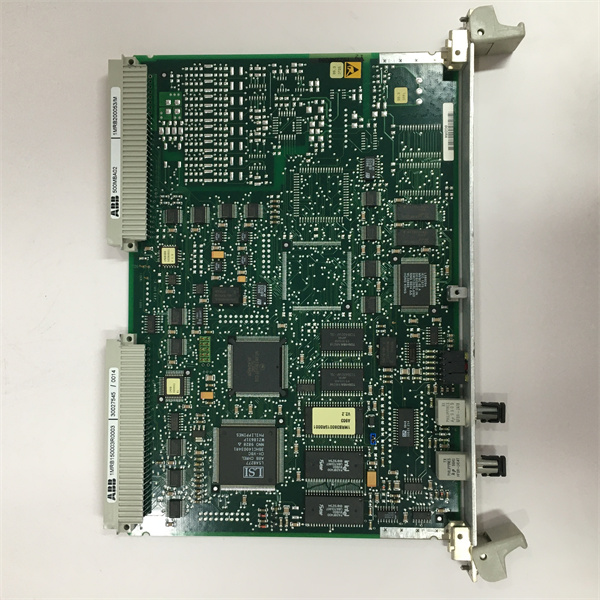
1MRB150081R0001
Product Introduction
The ABB 1MRK002122-ABR02 is a high-performance binary output module designed for industrial automation and control systems. It effectively converts digital control signals into physical outputs, enabling seamless integration with ABB’s 670 series protection relays。
Core Advantages and Technical Highlights
High Performance and Reliability
The ABB 1MRK002122-ABR02 features a robust design with high reliability, ensuring consistent performance in demanding industrial environments。
Versatile Communication Capabilities
The module supports multiple communication protocols, including RS-485, facilitating seamless integration with existing industrial systems。
Flexible System Architecture
The module supports up to 32 I/O points, making it suitable for a variety of industrial applications。

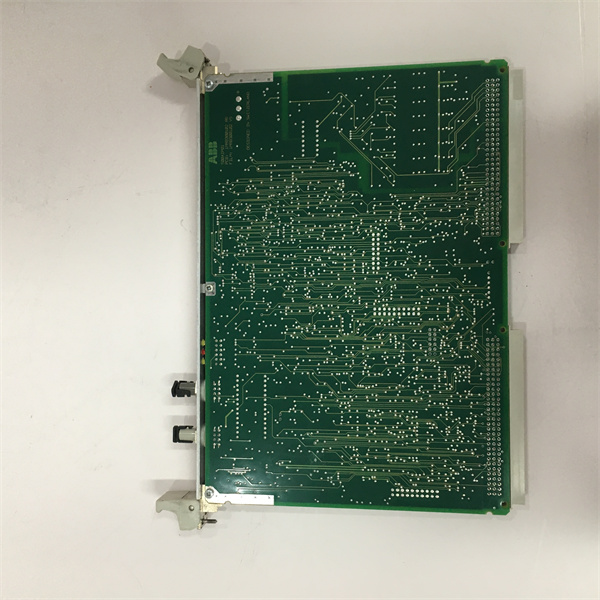
1MRB150081R0001
Typical Application Scenarios
The ABB 1MRK002122-ABR02 is widely used in:
-
Power Generation: For monitoring and controlling critical processes in power plants。
-
Industrial Automation: For controlling production lines and machinery in various manufacturing sectors。
-
Oil and Gas: For precise control of equipment in petrochemical plants。
Related Model Recommendations
-
ABB 07AI91: An analog input module suitable for applications requiring precise analog signal processing。
-
ABB PM581: A PLC module suitable for small systems。
-
ABB PM866K01: A PLC module suitable for large-scale automation。
Installation, Commissioning, and Maintenance Instructions
Installation Preparation
Ensure the environment meets the specified temperature and humidity requirements. Use appropriate tools and safety equipment to secure the module in place. Connect the module to the control system according to the manufacturer’s guidelines。
Maintenance Suggestions
Regularly inspect the module for signs of wear or damage. Keep the unit clean and free from dust to prevent overheating and ensure efficient operation。

